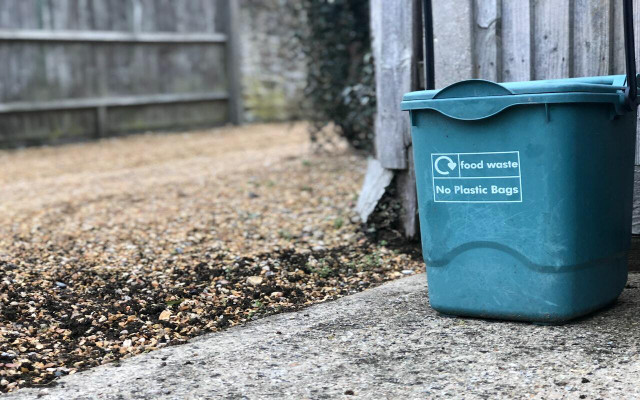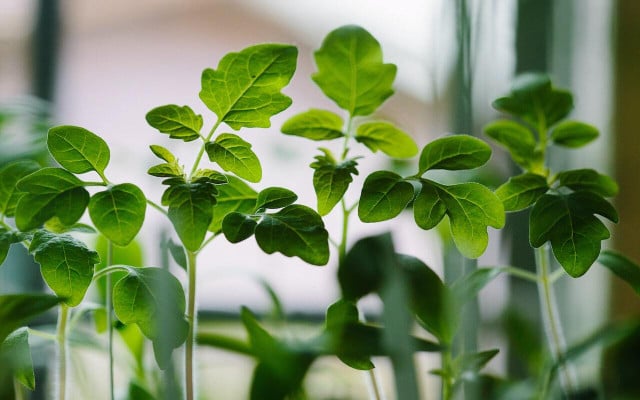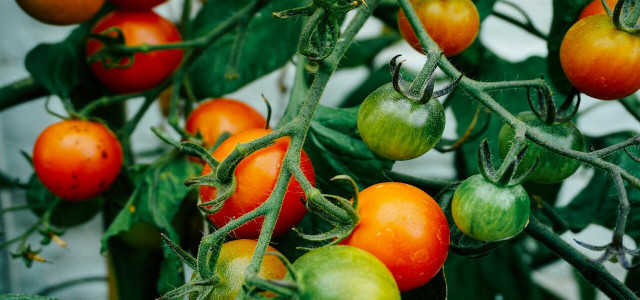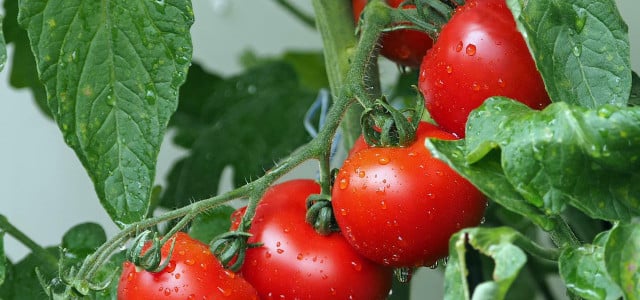Choosing the best fertilizers for tomatoes depends on a variety of factors. Learn all about best gardening practices when growing these popular plants.
Whether you grow tomatoes in pots or your backyard vegetable garden, growing your own tomatoes is a fun and rewarding undertaking. You get to enjoy fresh produce and reap the fruits of your labor — literally. For your plants to bear fruit, you’ll want to choose the best fertilizers for tomatoes.
When it comes to fertilizers, you have two options: organic or synthetic. Plants don’t care how they get fed, so the choice comes down to your preferences. Organic fertilizers tend to be a bit more expensive, though you can also make them yourself. Synthetic fertilizers are generally more cost-effective but can cause environmental harm.
Fertilizer has three major nutrients: nitrogen (N), phosphorus (P) and potassium (K). However, you also need nutrients like calcium, potash and magnesium for optimal growth.
- N helps with foliage
- P helps with root, flower and fruit production
- K builds strong stems and improves overall plant health
Organic fertilizers provide lower concentrations of NPK, but higher levels of micronutrients. They are also less likely to damage the plant or contribute to water pollution.
Best Homemade Fertilizers for Tomatoes

Choosing the best fertilizers for tomatoes depends on the time of year, plant health and weather, among other things. Before you get started, it might be worthwhile getting your soil tested to see what nutrients it has and which are lacking. The ideal pH level of soil for tomatoes is 6 or 7.
If making your own natural tomato fertilizer, you’ll want to start with a compost base. Ideally, you know what you can compost and already have some at home and can use that.
Next, you’ll want to add some wood ash for potassium and phosphorus. Adding bone meal (available from Down to Earth on Amazon**) adds an extra phosphorus and nitrogen boost to your mixture if you don’t have access to wood ash.
To add nitrogen to your homemade tomato fertilizer, you’ll want to use leftover coffee grounds and yard waste like leaves and grass clippings. You can also try companion planting with beans to add nitrogen to the soil.
If that seems like too much work, you can just use homemade plant food.
Store-Bought Organic Fertilizers for Tomatoes



If you don’t have the time, resources or interest to make homemade fertilizer, there are several store-bought choices to help your tomato plants thrive. You can purchase granular or liquid options, depending on your specific needs.
- Dr. Earth Home Grown Organic Tomato Vegetable & Herb Fertilizer (available on Amazon**): This fertilizer comes in granular form, is easy to use, non-GMO and is safe for people and pets.
- Burpee Organic Tomato and Vegetable Plant Food (available on Amazon**): Another slow-release granular option, this one feeds your plants for up to three months.
- Gaia Green Organic All Purpose Fertilizer (available on Amazon**): While not explicitly designed for tomatoes, this multipurpose fertilizer can be used on most garden plants and saves money.
- Tomato-Tone Organic Fertilizer (available on Amazon**): This is one of the best fertilizers for tomatoes if you want to avoid end rot. It’s packed with 15 different nutrients to help with this common problem.
How to Fertilize Your Tomato Plant



Choosing the best fertilizers for tomatoes is one thing — using it properly is another. Generally, you should fertilize your tomato plant throughout its entire lifecycle. If planting in pots, you need to be more consistent with your fertilizing as the plants can’t pull nutrients from any other source.
- Seedlings: If starting your tomato plants from seed, add slow-release organic fertilizer to the DIY seed starter mix or water using a weak compost tea.
- When planting: Mix a slow-release fertilizer to the soil mix or add a few scoops of compost to the hole. It will help give the plant a boost during the crucial growth period.
- After planting: It’s essential to wait a few weeks (or up to one month) before fertilizing again to avoid shocking your tomato plant’s system. Go low and slow with compost tea or water-soluble fertilizer every two weeks or so for maximum results.
Once the plants have produced most of their fruit, it’s time to stop fertilizing. To continue encouraging growth at this stage, pick the ripe fruit daily.
Read more:
- Avocado and Tomato Salad Recipe (Vegan)
- Eggshells as Fertilizer for Garden Plants and Seed Starter
- The 8 Best Sun-Loving Plants to Add to Your Garden
Do you like this post?








